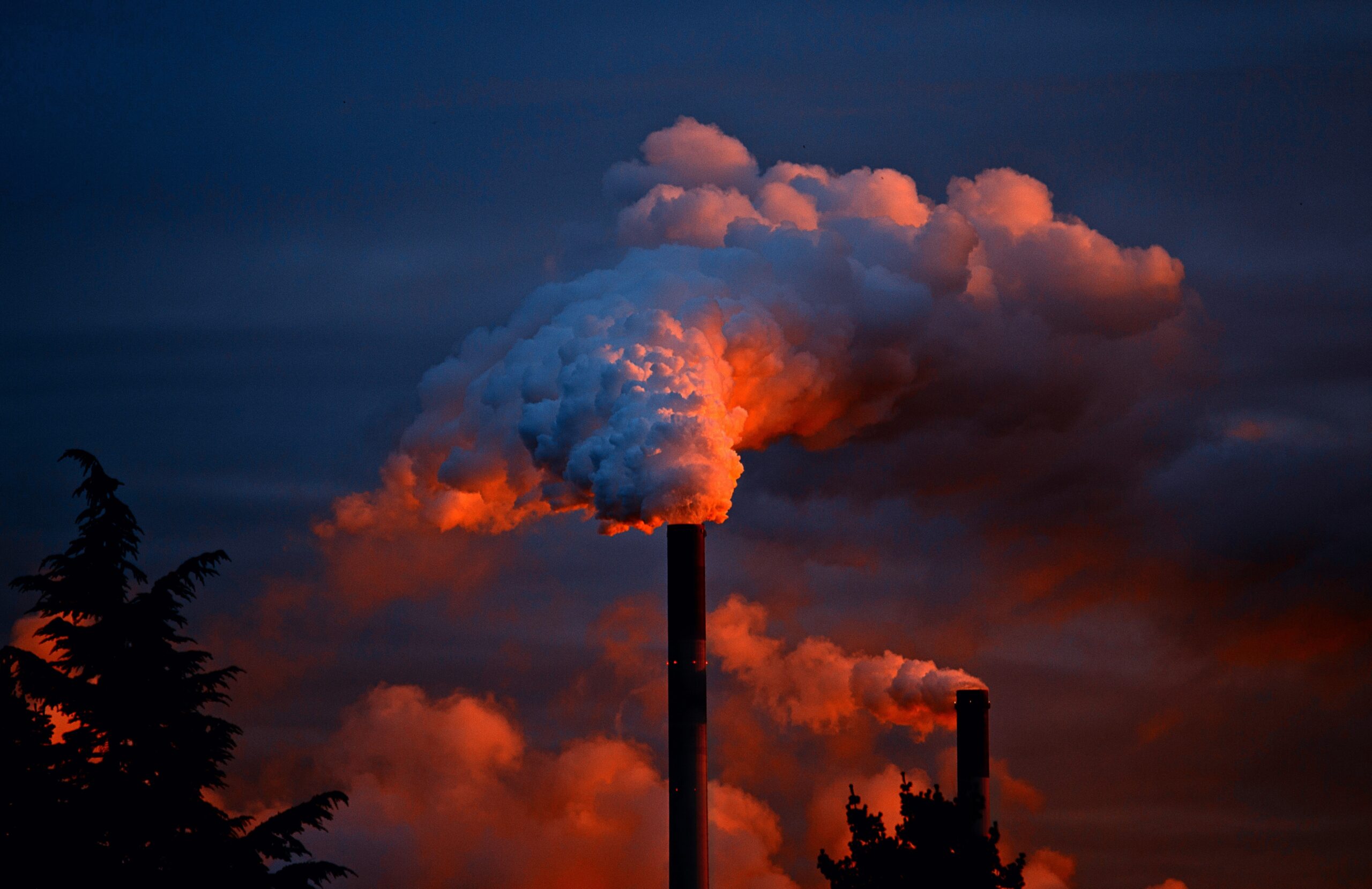Explainer: How can climate finance be increased from ‘billions to trillions’?
Josh Gabbatiss for Climate Brief
From the moment in the early 1990s when nations began grappling with the threat posed by climate change, money has been at the heart of discussions.
Over a decade ago, rich countries promised to raise $100bn each year by 2020 to help developing countries pay for climate action.
But they failed to reach that target. Now, under terms set out in the Paris Agreement, nations negotiating at the UN have been tasked with setting a new one by 2025.
It is clear that existing climate finance is nowhere near what is required. To phase out fossil fuels and protect their citizens from worsening climate disasters, developing countries will need trillions rather than billions of dollars.
Rich countries are under pressure to pitch in more money, but the jump from billions to trillions will likely require more than they are willing to provide from their public coffers.
Nations such as the US want to lean more on the private sector to fund this global transition. Others want to see a complete overhaul of the global financial system so that funds can be more effectively channelled into climate action.
In this article, Carbon Brief explores some of the options on the table for raising levels of climate finance and more broadly ensuring that the flows of money around the world are consistent with global climate goals.
What is climate finance?
“Climate finance” is a term typically used to refer to any money that is used to either cut emissions or help people adapt to climate change. (Some nations and campaigners hope to expand its definition to include money for “loss and damage” from climate change – see below.)
In the context of UN climate negotiations, the term “climate finance” refers to the money raised by a small group of developed countries to fund climate action in developing countries.
This notion has its roots in the early 1990s, when countries first met to design a climate change treaty. From the outset, developing nations said they needed money and the US, in particular, resisted their demands.
Full article can be viewed here





